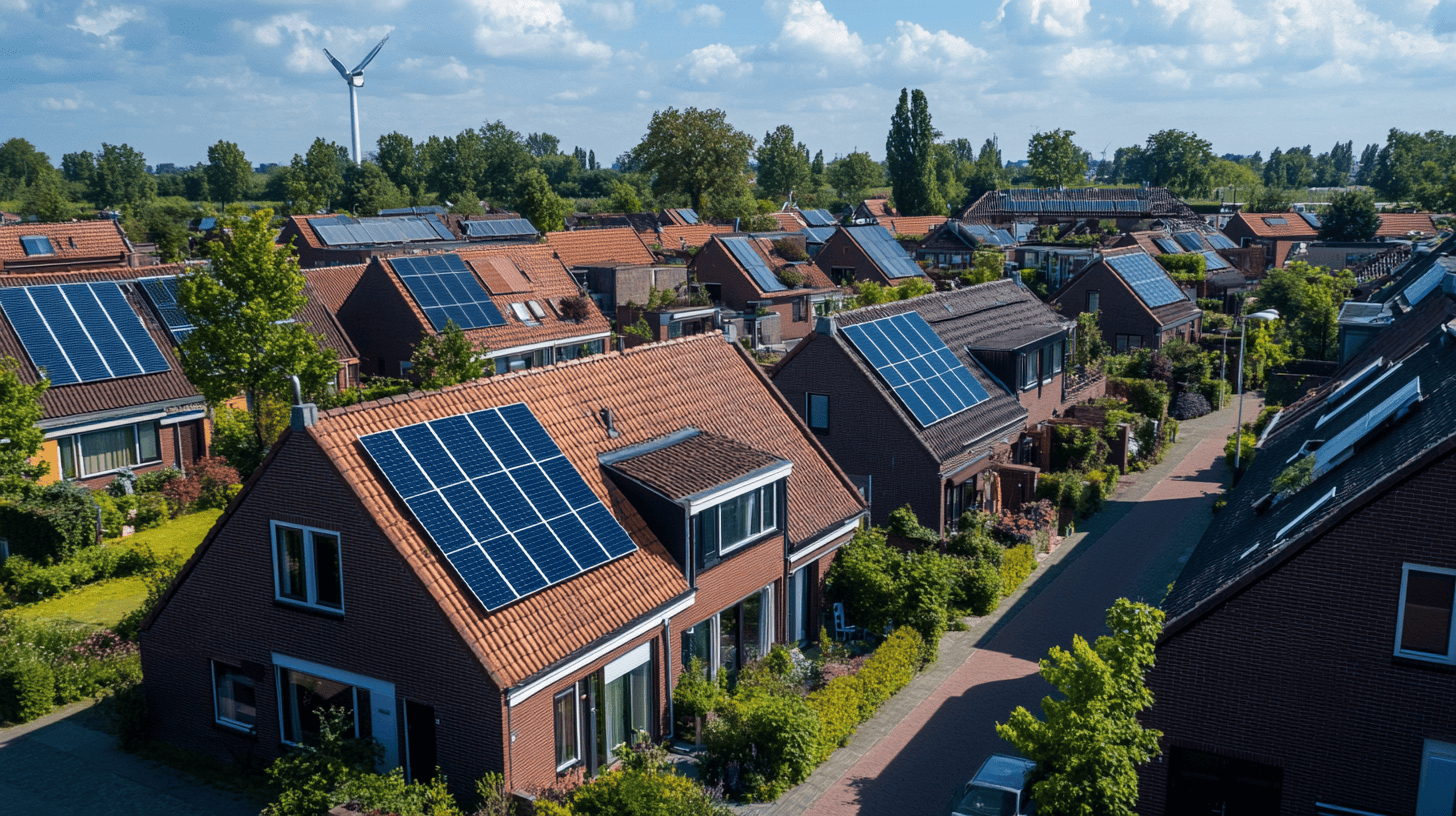
Uncertain rules, feed-in tariffs, and unclear contract clauses might make you wonder if installing solar panels on your rooftop was a good idea after all. Nonetheless, auto-producing your energy helps bring down your energy costs., Several companies are deploying technologies to optimize the use of solar panels to counteract the changes in the electricity market.
Why this is important:
With new rules and fluctuating prices, solar panel owners might feel like they don’t have full control of their solar energy production. These technologies can help them be in charge again.
In recent years, the installation of solar panels in the Netherlands has skyrocketed, making it the world country with the highest amount of installed photovoltaic (PV) watts per capita – 1,044 W per person, to be precise. The two main reasons behind this increase are the lower prices of solar panels and a favorable net metering scheme (salderingsregeling), which deducts the amount of power solar panel owners feed back to the grid from energy bills. As more solar panels were installed, the former Dutch cabinet wanted, without success, to phase out the scheme.
Therefore, energy companies started introducing feed-in tariffs to provide lower energy rates to consumers who don’t have solar panels. As the hours with negative energy prices increase, feeding electricity into the grid is not profitable either. Here are some technology options to gain full control of your solar panels – and get the most out of them.
A smart box to optimize solar panel use
Sunergy is emerging as a new player in the Dutch energy market. In addition to offering dynamic price contracts, the firm also designed SlimmeRik. The device, a home energy management system (HEMS), is a small box that controls electricity consumption in your house. The system controls solar panels’ power and your EV charging point.
Every two seconds, its algorithm adjusts electricity usage, taking into account several variables, such as energy market fluctuations, remaining space in the home battery, and weather. For example, it charges the car when electricity is cheaper or stores power for later use. This way, the company promises its customers that they will optimize their energy use, saving hundreds of euros every year. A calculation tool on the company’s website shows the predicted savings depending on everyone’s situation.
Predicting solar panels yields
The German company tado° is long known for its smart thermostats. Now, it has added an extra feature to its array of services: a PV forecasting service. The system predicts the production of solar panels so as to use them, for instance, to power your heat pump or charge your electric car.
The tado° Balance service uses weather forecasts based on a home’s location and its PV system details. The app checks the weather forecasts on a daily basis, estimates the amount of electricity consumption and generation, scheduling heat pump usage at the best moment possible. “Our customers asked us to develop this because it makes optimal use of the free electricity they generate,” stated Christian Deilmann, co-founder of the Munich-based company.

Optimization down to the cell
If you don’t have solar panels installed yet, you might consider doing so. But then, how to make the most of your rooftop? Taylor solar has got you covered. The company developed a cell optimizer for solar panels that increases solar output by 20%.
Every PV panel is made of up to 120 cells. Shading and failures affecting a single unit can compromise the yield of a solar panel. Their microelectronics design divides the panel into six parts, so a cell’s influence on the total yield is not as great. Another pro of this technology is that the microelectronic design reduces the risk of a thermal runaway. This system prevents cells from overheating, extending their units’ lifetime. Earlier this year, taylor raised €8 million, as it keeps expanding and working with Chinese manufacturers to integrate their system into panels directly.
Getting a grip on your solar panels again
Either via a smart controller or choosing an innovative panel design, these new technologies can help you get the most out of your rooftop. And most importantly, they won’t make you regret investing in your solar panels.

